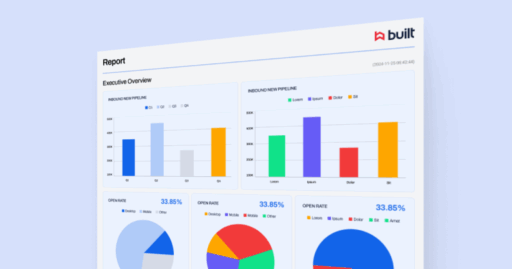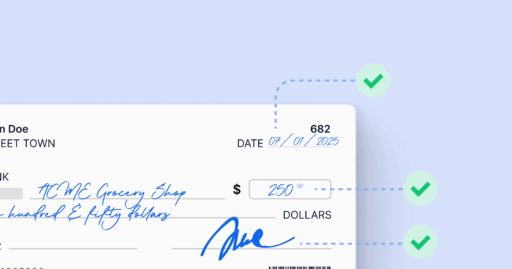Four Ways Data Entry Errors Hurt the Bottom Line

Though investing in a new technology solution may seem like an added expense and administrative burden up-front, lenders stand to lose much more in both time and resources by choosing to make do with legacy systems and workflows. Legacy software solutions not only negatively impact administrative capacity, but they also put financial institutions at risk time and again in the form of data entry errors.
The Scary Truth about Data Entry Errors
A study published by the National Center for Biotechnology Information (NCBI) observed the error rate in single entry data entry. Over 100 individuals participated in this study, which evaluated over 20,000 individual pieces of data. The study revealed rates reaching upwards of 650 errors per 10,000 entries–a 6.5 percent error rate.
In lending, errors in manual data entry can include potentially serious mistakes in vital customer profile information. Data points such as social security numbers and dates of birth are necessary to document identity verification to comply with the Bank Secrecy Act’s Customer Identification Program.
For financial institutions, data entry errors can also lead to mistakes in loan amounts. A $10,000 loan, for example, has different implications with respect to compliance reporting, documentation, and pricing than a $100,000 loan. Even if the loan is funded correctly, a single zero incorrectly entered in a lender’s loan management system can lead to costly oversights.
Four Ways Data Entry Errors Hurt the Bottom Line
Data entry errors can be especially troublesome and costly in industries in which businesses rely heavily on data for daily operations, strategic planning, risk mitigation, and decision making. In finance, determining the safety and soundness of an institution, its ability to achieve regulatory compliance, and its budget planning depend almost entirely on the accuracy of data entry in its loan portfolios, account documentation, and customer information profiles. Because of this, data entry errors can harm a financial institution in several ways, including:
1. Time Management
2. Uncertain Risk Management
3. Inaccurate Reporting
4. Mismanaged Compliance
Reduce Opportunities for Human Error
An institution’s risk management plan should include steps intended to mitigate the inevitable occurrence of human error. In addition to establishing systems of dual control and checks and balances, you should also implement tools and procedures that eliminate redundancies within data entry processes. By doing so, you will be able to prevent potential risks for human error, rather than relying solely on a system of double-checking.
By investing in the right technology solution, financial institutions have the ability to proactively mitigate risk by eliminating siloed systems, excessive handoffs, and duplicative data entry. Though implementing a modern technology solution may seem like an expensive and time-consuming challenge up-front, a suite of fully integrated software solutions will significantly reduce the potential risk of human entry error and allow the institution to make faster, smarter lending decisions.
To learn more, download our full white paper on applying the 1-10-100 rule to loan management.
{{cta(‘e3f0a7e0-e2fe-4902-abba-bc6591497b43’)}}
This article was recently featured in Bank Director.






